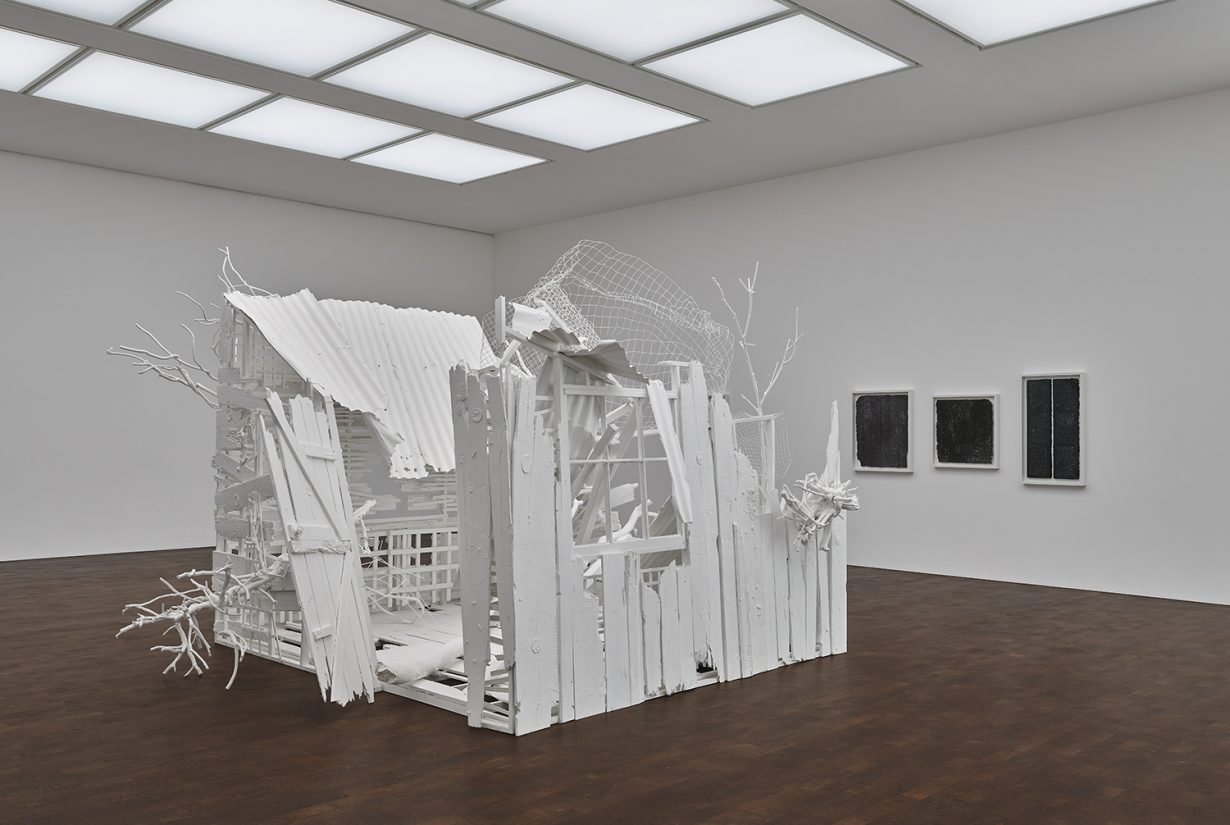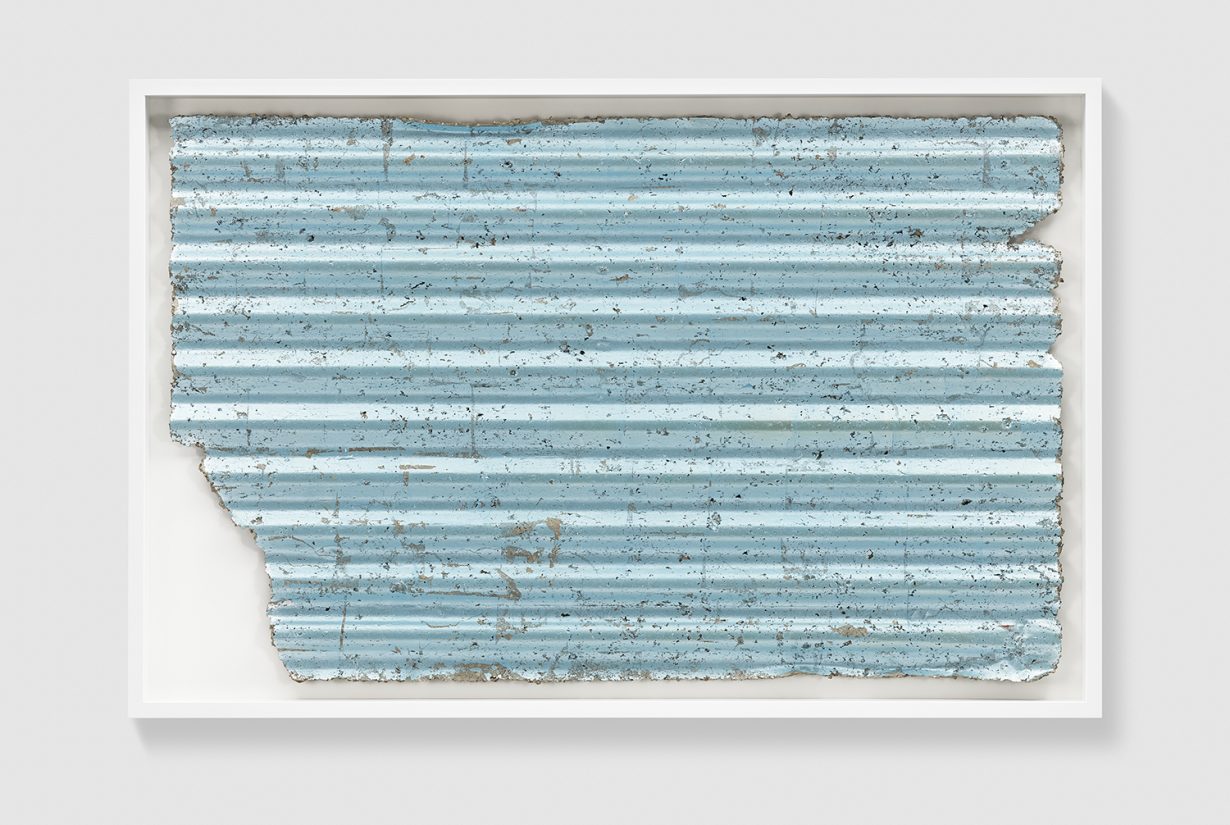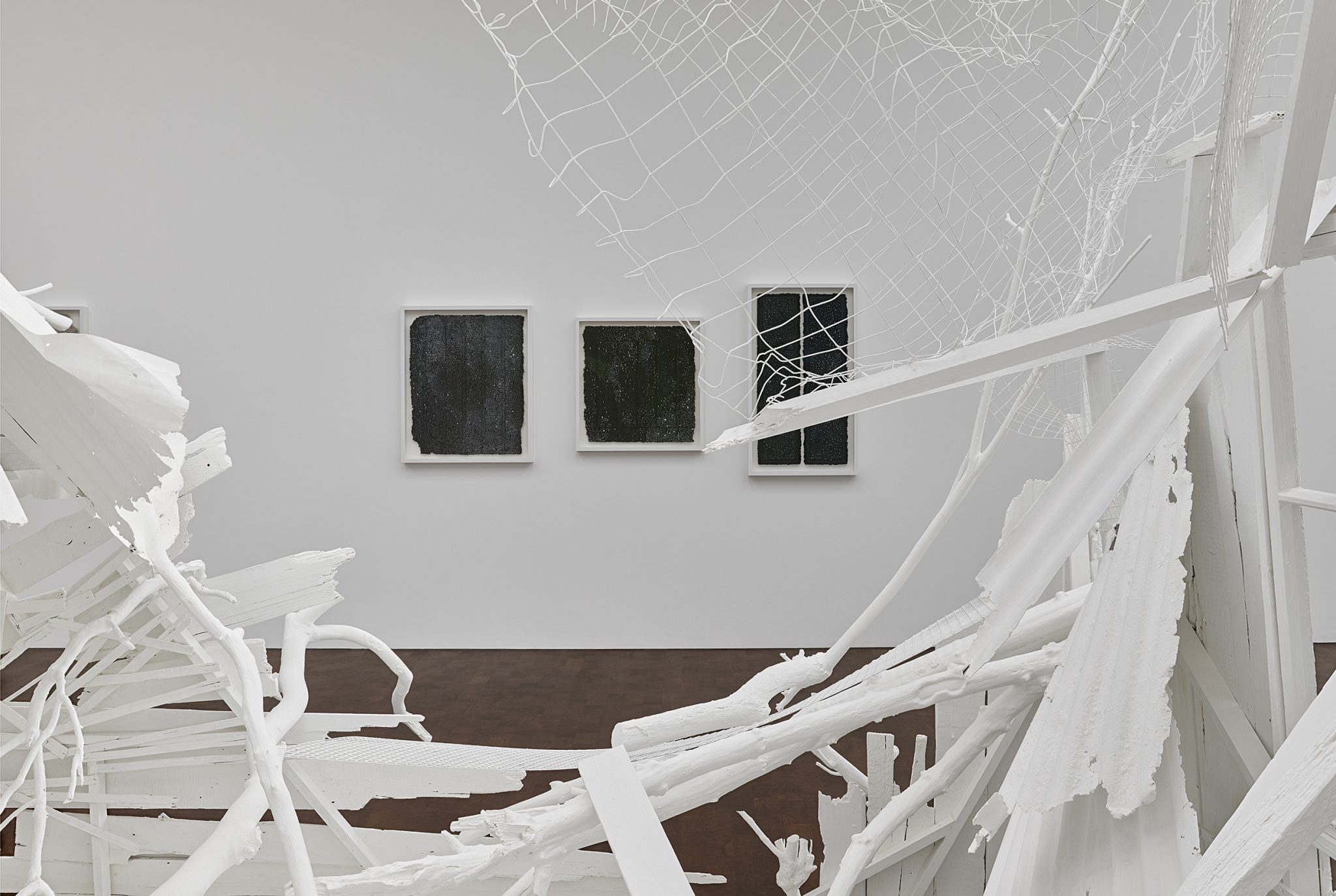Internal Objects at Gagosian, London, provokes conflict in the visitor
By now, most of us will think we know what Rachel Whiteread does: monolithic casts of negative spaces. A series of stacked plaster-panels that form the inside of a Victorian living-room in Ghost (1990); her Turner-Prize winning House (1993), for which she cast the entire inside space of a dwelling scheduled for demolition; the Holocaust Memorial installed at Vienna’s Judenplatz in 2000. Internal Objects may well change that assumption. Though the ideas of ghosts, memory and the tension between absence and presence remain the threads that bind her oeuvre, the works on show here offer a counterpoint to what has, inevitably, become the Whiteread cliché. Executed over the past five years, these new works, mostly untitled and comprising various casts (made of papier-mâché, resin, bronze), works on paper and sculpture, are not so much about absence as they are about the beginnings of presence: outlines, edges – the emerging shape of things.

Internal Objects provokes conflict in the visitor. The materiality of the works draws you into the casts and sculptures, but they nevertheless exude an unsettling aura (enhanced in some works by titles such as Poltergeist and Doppelgänger) that pushes you away. This is activated by two untitled series of wall-mounted casts that seem to exchange between them the idea of permanence and impermanence: in the first gallery space are what appears to be disassembled pieces of cardboard packaging (Untitled (Pink Relief), (Yellow Relief) and (Pink and Yellow Relief), all 2020–21); past the corridor in the second room are what looks like pieces of cast concrete (Untitled, 2018) or tarmac (Untitled (Night Drawing), 2018). But the pieces of cardboard are made of bronze and the stone aggregates are papier-mâché; in turn the edges of the unfolded packaging are too smooth and the gravelly bits of ‘stone’ are given away by their fibrous texture.

One of the dangers of looking at art (particularly after a period of confinement) is that you can read too much into things. This exhibition, however, encourages us to do just that: to pay close attention to and explore the dissonance between what appears to be and what actually is. The exhortation is made most obvious by a dusty pink translucent resin and steel work, Untitled (Pinboard) (2019), in which the cabinet doors behind which announcements would be pinned have been cast in the negative, and through which the viewer can see a series of blank pieces of paper ‘thumbtacked’ to a noticeboard. A functional object emptied of meaning.

There’s a void in these works that’s both like and unlike the literal cavities of spaces that Whiteread has previously cast in order to preserve: those notices without messages, or the circular indentations pressed into the cardboard packaging by objects that (presumably) no longer need its protection. Or whatever incident may have smashed up the two largest sculptures on show here: sheds, titled Poltergeist (2020) and Doppelgänger (2020–21), made with wooden slats, bits of trellis, corrugated iron and wire mesh, strewn with tree branches that puncture and splinter the flimsy structures – and painted entirely white, giving them a timeless quality. They look as though a hurricane has just torn through them, or they might have fallen into their dilapidated states over a period of time. Or the broken structures could allude to some psychological anguish wherein the titular spirit is also the metaphorical destructive force. Placed in the centre of each of the two main gallery spaces, the sheds and the unexplained circumstances that led them to be this way dominate the room. They are a manifestation of the uncanny: familiar in form, but rendered in a stark whiteness that erases any further information, like a traumatic memory suppressed.
Rachel Whiteread: Internal Objects at Gagosian, Grosvenor Hill, London, 12 April – 6 June
